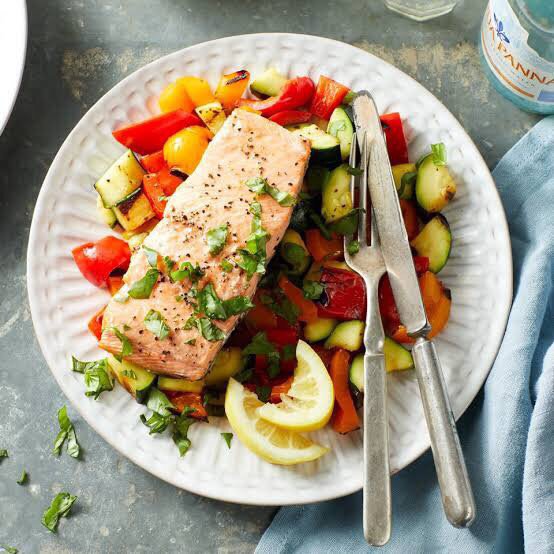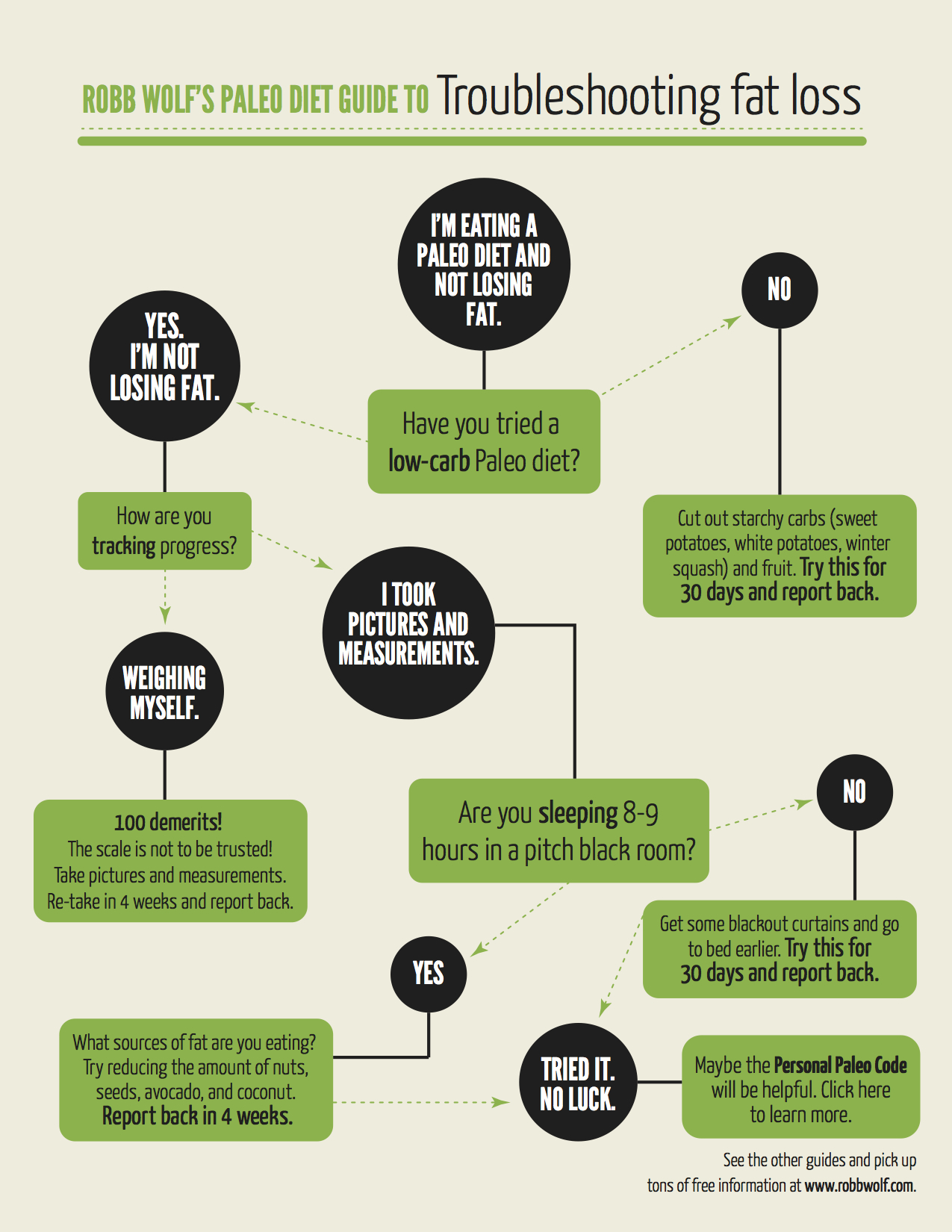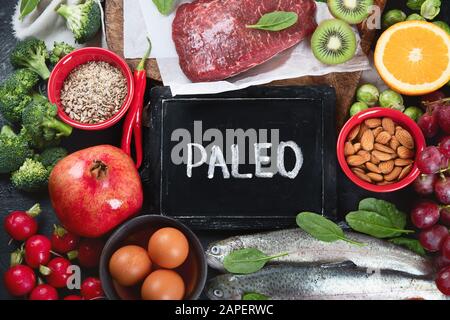
Paleo is a diet that offers many health benefits. A Paleo diet is low in saturated and cholesterol and high in processed foods. This diet is sometimes called the Primal Food Diet. It promotes good overall health through a plant based diet. These processed foods also have a lot of empty calories and few nutrients. Animal-derived foods, on the other hand, are high in nutrients. They have many health benefits.
Research on the benefits of a Paleo diet
The Paleo diet is not perfect for everyone. Although it's not an easy solution, it can help you to be healthier. Paleo is a diet that does away with refined foods, refined sugar, and alcohol. Instead, it includes lots fruits, vegetables, whole foods, and a lot of whole foods. Paleo should not be used by those with existing heart conditions.
Paleo can help improve your cardiovascular health. The diet had a half-year effect and the results remained steady for two years. These results, although they may seem insignificant, are encouraging for people at high cardiovascular risk who might benefit from additional steps to keep their health. Additional benefits of the Paleo diet include lower cholesterol and a lower chance of developing type 2 diabetes.

This diet also prohibits refined fats and processed foods. Paleo helps you lose weight. It is known to help improve the health in people with metabolic syndrome or type 2 diabetes. You may see the benefits within two weeks. Paleo followers are more likely than others to follow the diet.
Paleo diet allows certain foods
A diet that is free of processed foods and grains is proven to be healthier and lower in cholesterol. Some people might find it difficult to consume enough calories without sacrificing refined carbs. Paleo can help people with high cholesterol lose weight. Here are some Paleo foods.
Some foods that are allowed in a Paleo-style diet are not heart-healthy. Red meat, butter (or coconut oil), and ghee are all examples of these foods. These foods can be high in saturated fats and increase the risk of developing heart diseases. However, many people who follow the Paleo diet report that the meat and poultry they eat is not unhealthy. However, they do contain plenty of Omega-3 fats which are essential for heart health.
The Paleo diet is a highly popular diet, but not everyone supports it. This diet is not recommended by many mainstream nutritionists and health professionals. It's important to understand the evidence before you decide whether or not to follow it. The goal of the paleo diet is to re-create the diet of hunter-gatherers. The paleo diet encourages eating natural plant and animal foods. It does not include refined sugars or flour. The diet also includes fruits, vegetables, nuts, and fish in addition to lean meats.
Paleo diet: ways to lower cholesterol

A Paleo-style diet can lower cholesterol in a few ways. These tips will make a significant difference to your cardiovascular health. The Paleo diet cuts out processed grains, sugars and trans-fat while emphasizing fruits and vegetables. These diets have been proven to lower cholesterol, blood pressure, and waist circumference. It may also lower your chances of developing type II diabetes or heart disease. You should still follow the advice of your doctor to make sure the diet is right for yourself.
Although the Paleo diet does not exclude dairy, it does limit dairy intake. You will need to replace dairy with other calcium sources. However, dairy is essential for bone health. You'll also have to get about one-third of your calories from carbohydrates. Paleo is considered low-carb. However, there are a few questions about whether this diet is safe for your heart.
Increase your exercise is another way you can lower cholesterol while following a Paleo lifestyle. It may temporarily increase cholesterol, but it's better than continuing to eat a garbage-diet. As long as you make sure to eat plenty of lean protein and a moderate amount of fat, you should see improvements in your cholesterol levels. Too much of any one is bad for your health.
FAQ
How Do I Learn About Cooking?
Cooking classes are available throughout the country. You can find courses in baking, pastry and wine tasting at many schools. You can take a class at your local vocational school or community college if you are interested in learning more about cooking.
How do you store leftovers best?
Leftovers are usually stored in Tupperware containers. These containers keep foods fresh and prevent odors from forming. They also keep foods warm for longer. Frozen leftovers can be kept in freezer bags. Place food in another freezer bag to prevent air escape when freezing. After the food is frozen, place it in a sealed container like a ziplock bag.
How do you get hired as a Chef?
You must complete a degree in culinary arts to be able to apply for a job at the table as a professional chef. The next step is to join a professional association like the American Culinary Federation. This organization offers certification exams, as well networking opportunities.
Statistics
- According to the BLS, chefs earn $58,740 a year. (learnhowtobecome.org)
- You'll be amazed that over 90% of CIA students receive scholarships and grants to finish their culinary studies. (ischoolconnect.com)
- In the United States, the category is estimated at $23.2 billion annually and is growing faster than the market. (washingtonpost.com)
External Links
How To
How to cook your steak
The type of meat you are cooking will determine the right method to use. Thicker steaks can be cooked on a low heat. Thicker steaks need to be cooked at higher temperatures.
Also, don't cook them too long as it will cause loss of flavor. You should always remove the steak from the skillet when it's done. This will prevent you from burning yourself.
Cooking time will depend on the size of your steak and the desired level of doneness. Here are some guidelines:
Medium Rare: Cook until medium rare, which means the internal temperature reaches 145degF (63degC). This should take between 3 and 5 min per side.
Medium: Cook the meat until it reaches 160°F (71°C). This takes approximately 6 minutes per side.
When done well, cook until the internal temperatures reach 180°F (82°C). This normally takes 8 to 12 minutes per side.